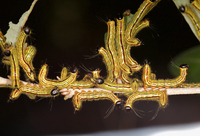
| Recorded by: Becky Elkin, Jim Petranka and Mark Bassinger on 2025-08-30
Moore Co.
Comment: | 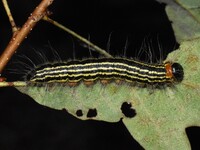
| Recorded by: Jeff Niznik, David George on 2025-08-29
Moore Co.
Comment: |

| Recorded by: Mark Basinger on 2025-08-19
Wilson Co.
Comment: | 
| Recorded by: Jim Petranka, Mark Basinger and Becky Elkin on 2025-08-03
Moore Co.
Comment: |
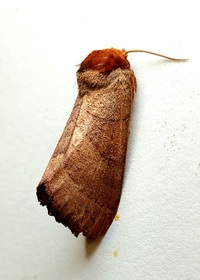
| Recorded by: Mark Basinger on 2025-07-28
Wilson Co.
Comment: | 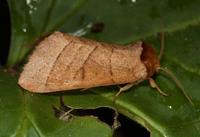
| Recorded by: Jim Petranka and Becky Elkin on 2025-07-26
Madison Co.
Comment: |

| Recorded by: David George, Patrick Coin on 2025-06-29
Moore Co.
Comment: | 
| Recorded by: Jim Petranka, Mark Basinger and Becky Elkin on 2025-06-28
Moore Co.
Comment: |
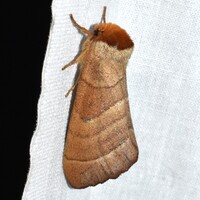
| Recorded by: David George, Jeff Niznik, Jim Petranka, Becky Elkin on 2025-05-24
Richmond Co.
Comment: | 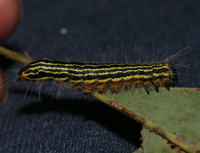
| Recorded by: David George, Stephen Dunn, Jeff Niznik on 2024-09-12
Orange Co.
Comment: |
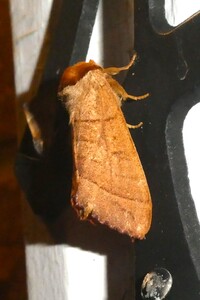
| Recorded by: Simpson Eason on 2024-07-26
Durham Co.
Comment: | 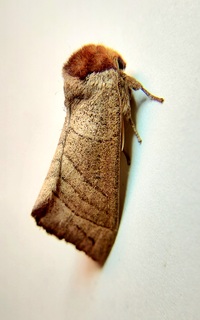
| Recorded by: Mark Basinger on 2024-07-17
Wilson Co.
Comment: |
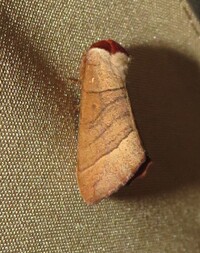
| Recorded by: B. Bockhahn on 2024-07-14
Macon Co.
Comment: | 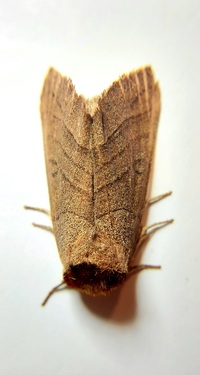
| Recorded by: Mark Basinger on 2024-07-05
Wilson Co.
Comment: |
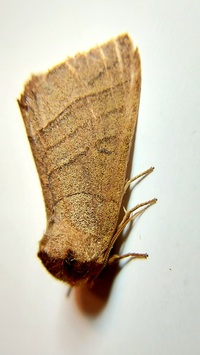
| Recorded by: Mark Basinger on 2024-07-05
Wilson Co.
Comment: | 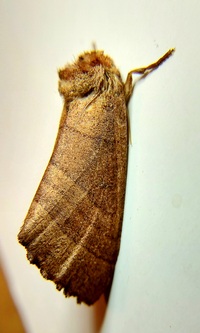
| Recorded by: Mark Basinger on 2024-07-05
Wilson Co.
Comment: |
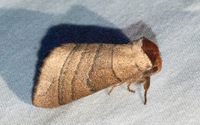
| Recorded by: Emily Stanley on 2024-06-01
Buncombe Co.
Comment: | 
| Recorded by: David George on 2023-09-04
Durham Co.
Comment: |
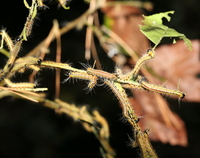
| Recorded by: David George on 2023-09-04
Durham Co.
Comment: | 
| Recorded by: David George, Jeff Niznik on 2023-09-04
Orange Co.
Comment: |

| Recorded by: David George, John Petranka on 2023-09-02
Orange Co.
Comment: | 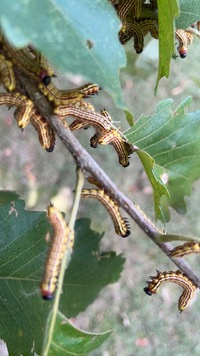
| Recorded by: Joselynne Jaques on 2023-08-26
Wake Co.
Comment: |
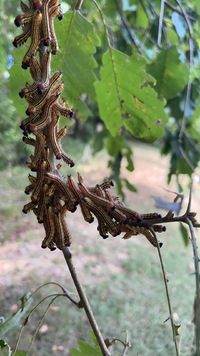
| Recorded by: Joselynne Jaques on 2023-08-26
Wake Co.
Comment: | 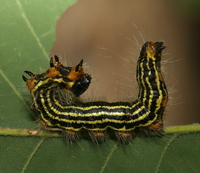
| Recorded by: David George, John Petranka on 2023-08-21
Durham Co.
Comment: |
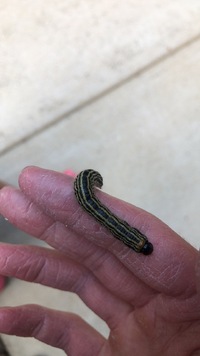
| Recorded by: Caleb Garner on 2023-08-20
Wake Co.
Comment: | 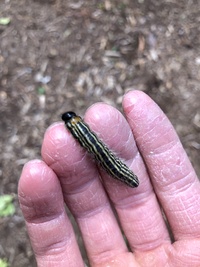
| Recorded by: Caleb Garner on 2023-08-20
Wake Co.
Comment: |
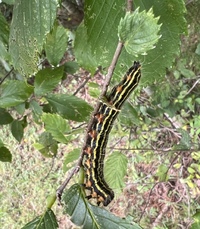
| Recorded by: Stephen Dunn on 2023-08-14
Orange Co.
Comment: | 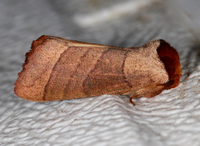
| Recorded by: Jim Petranka, Becky Elkin and Bo Sullivan on 2023-08-08
Wilkes Co.
Comment: |
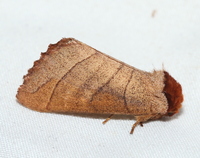
| Recorded by: David George, Stephen Dunn, Jeff Niznik, Rich Teper, Becky Watkins on 2023-07-30
Swain Co.
Comment: | 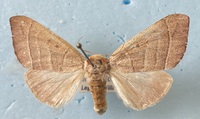
| Recorded by: Darryl Willis on 2023-07-27
Cabarrus Co.
Comment: |
|

 »
»























